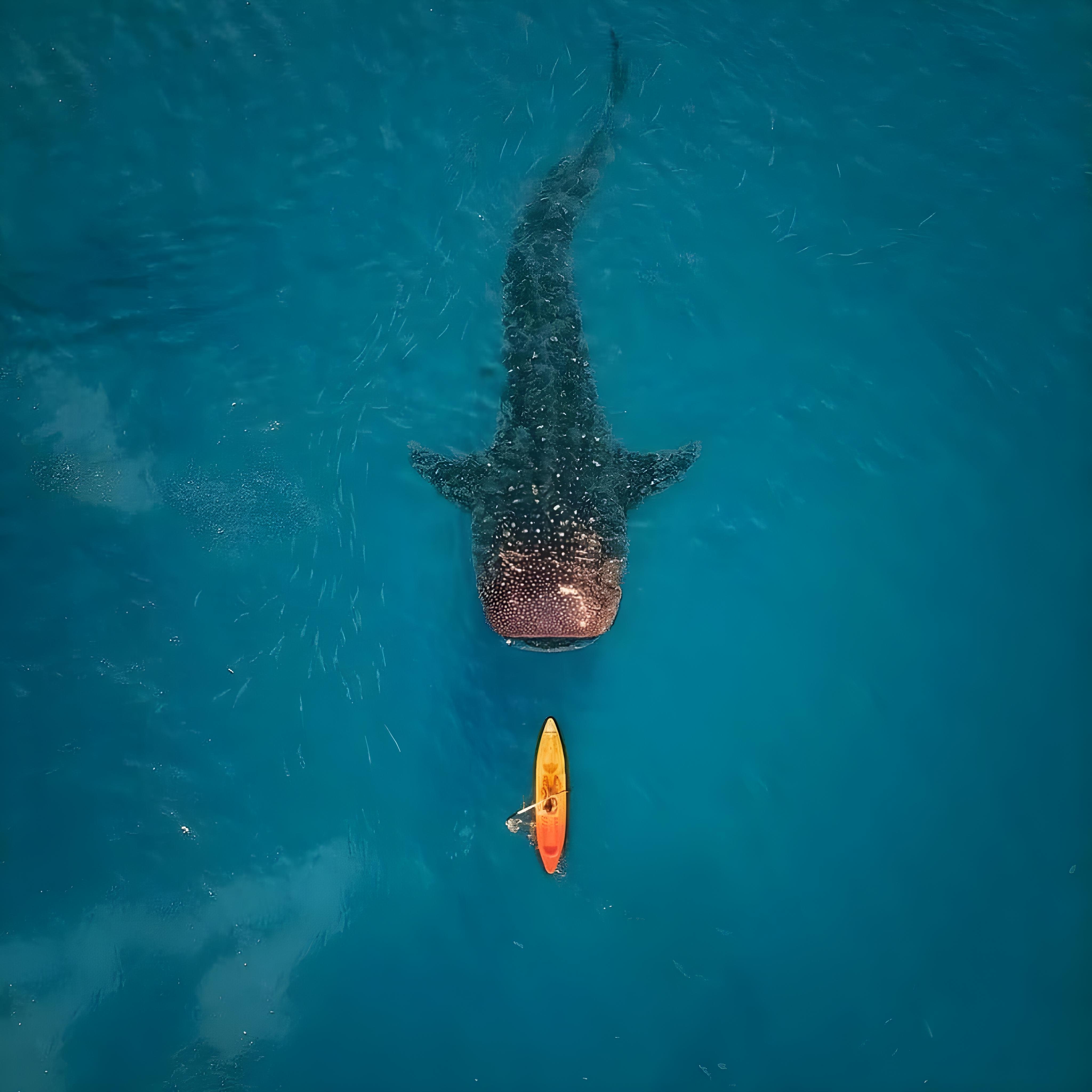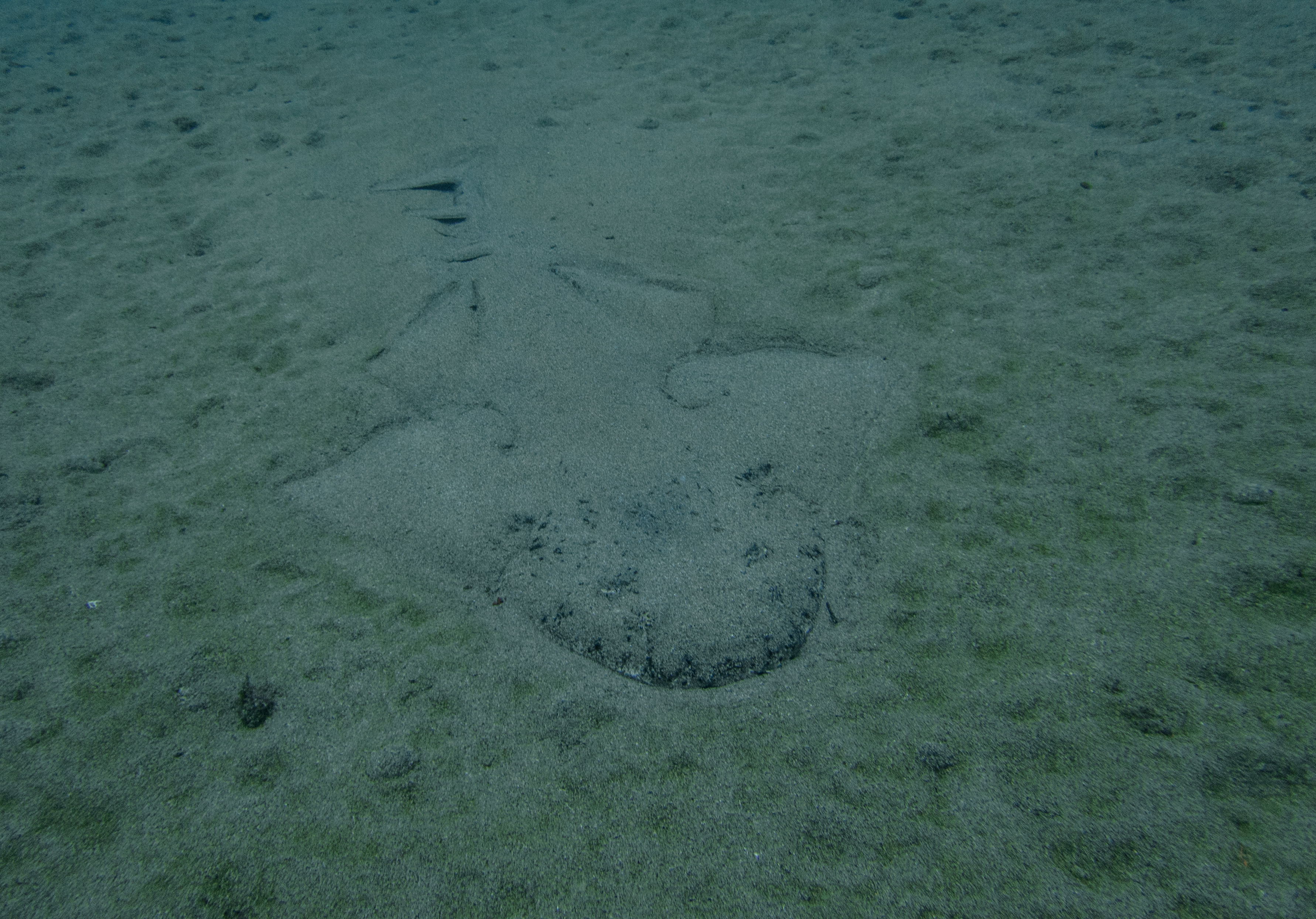It’s a metaphor beloved by the wheeliest of dealers: a shark, they tell us, has to keep on moving, or else they’ll die. But is that true? Or is it just a bunch of chum?
Well, turns out it’s a bit of both. “The short answer is it depends,” marine conservation biologist David Shiffman told IFLScience. “Some species breathe by getting water over their gills via swimming forward. Others can rest on the bottom and pump water over their gills.”
The origin of the myth
Like many factoids, this one does have some basis in reality. It comes down to how sharks breathe: like other fish, they do it by taking water in through their mouth and letting it flow over their gills, which allow oxygen from the water to diffuse into the animal’s bloodstream. But rather unlike other fish – specifically, bony fish, which sharks are not – sharks lack some of the important muscles and bones (go figure – a cartilaginous fish doesn’t have bones) that allow their cousins to control their gills.
Since they don’t have the anatomical equipment to pump water over their gills at will, then, scientists assumed for a long time that sharks must all use a different method of breathing – one called “ram ventilation”, so named because, well, it kind of rams the ventilation into the animal. The idea, basically, is that water flows into the shark’s mouth as it swims forward – sort of like if you or I had to face into an incoming gust of wind to get air into our lungs.
Now, those scientists weren’t wrong, is the thing. Many fish, sharks especially, do in fact use ram ventilation to breathe, and some – like white sharks, mako sharks, or whale sharks – only use this method. If those species stop moving, or even just slow down too much, they will stop getting oxygen, and they will die. These are the “obligate ram ventilators” – the fish that are obligated to breathe this way, or else.

Which is a shame for the whale sharks, as lugging all that mass about must be exhausting.
Image credit: Bang Ricci/Shutterstock.com
But here’s the thing: there are not all that many of them. Out of the more than 400 known species of shark, only about 20 are obligate ram ventilators. So what are the other 95 percent of them up to?
Sharks suck (no, really)
If most sharks aren’t doing this ram ventilation thing, and they don’t have the right setup for high-finesse gill control, then how do they breathe? Well, they’re a bit cheeky about it. Literally, that is: they use their cheek, or buccal, muscles to actively suck the water into their mouth, in a technique known as “buccal pumping”.
What might be surprising is that this method, while seemingly more complicated and effortful, is actually older than ram ventilation – the first sharks, ancestors of our modern-day species, were suck-and-pumpers rather than rammers.
Many species, even today, have held on to this method: take the nurse shark, for example, or the tiger shark – two species apparently named for very different levels of ferociousness. These guys can stop swimming whenever they like, and often do just that: the nurse shark, for example, is known for “walking” across the seafloor using its pectoral fin, and will sometimes literally dig itself partly into the sand when faced with unwanted advances from pushy males.
Even more stationary than those species is the angel shark: it “spends its day buried in the sand, perfectly camouflaged by its gray, brown and black coloring,” explains the Monterey Bay Aquarium. “It lies there in ambush, waiting for small fishes to swim within gulping distance. When an unsuspecting fish comes near, the shark lunges upward, sucks the fish into its huge mouth and swallows it whole.”

A master of disguise.
Image credit: LuisMiguelEstevez/Shutterstock.com
With these few examples, we can start to see a few telltale signs that a shark might be a buccal breather rather than a rammer. They often have these more sedentary lifestyles, hanging out on the seafloor rather than actively seeking out prey; they tend to have flatter, more squashed bodies, and a more prominent spiracle – a tube behind the eyes that can be used to suck in water in the event that the shark’s mouth is, you know, buried in sand.
So, do most sharks breathe this way? Yes – but not entirely. Like ram ventilation, it’s rarely an all-or-nothing situation. “Most sharks use a combination of these two techniques, switching back and forth depending on how fast they are swimming,” explains South Africa’s Two Oceans Aquarium. “Even stereotypical-looking sharks […] are capable of this, using buccal pumping to supplement their ram ventilation when they are swimming at slow speeds.”
Life on the move
Overall, then, the answer is no – for 95 percent of shark species, the idea that they’ll keel over if they ever stop moving is simply not true. Most of them can breathe using ram ventilation; many of them do – but hardly any of them need to.
It does seem counterintuitive, though, doesn’t it? That the technique that would be lost over time is the one that requires an animal to keep moving forever, or else straight-up die? Well, it’s not as weird as it sounds: studies in lemon sharks, which switch between the two breathing methods, have found that it’s actually less work for them to keep swimming and let the water come to them than it is to stay still and suck the water in using their cheeks.
So, next time somebody says to you, “I’m like a shark – I just have to keep moving”, just know that while their work ethic may be enviable, their knowledge of shark biology is not. Most sharks keep moving because they want to, not because they have to – and, ironically, it’s usually because it’s the lazy option.
Source Link: Sharks Have To Keep Swimming, Or Else They'll Die? Well, No, Not Really